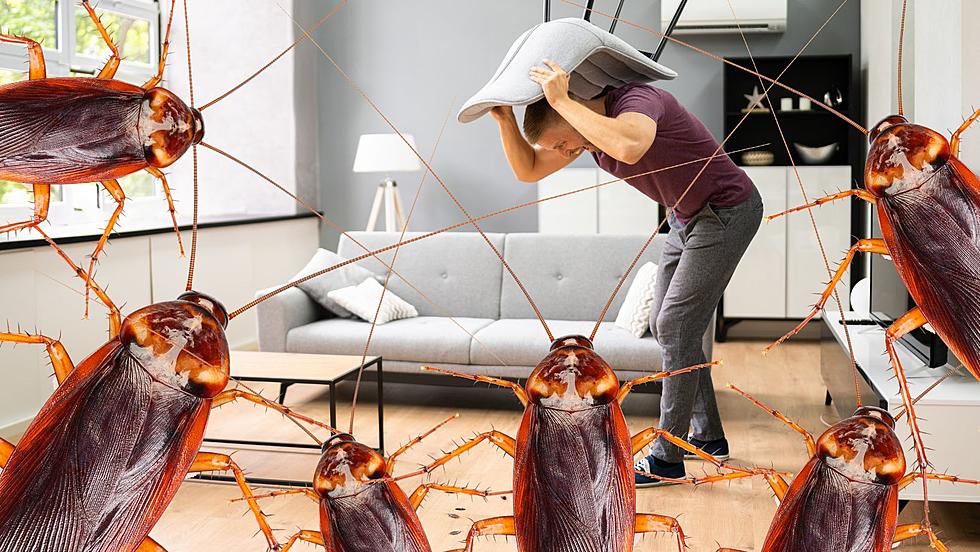
Kentucky Horse Owners, Breeders Should Destroy These Tree Bags–They’re Bad News
When I was growing up, mowing our backyard was an UNDERTAKING. Despite the presence of four trees--two of them huge (a box elder and a maple)--it still took a large chunk out of the day to get it done. And then my dad would come home and "grade" my work.
The two smaller trees were apple trees, and one of them became problematic to mow around one day because of a large "bag" of worms attached to it. It was seriously something out of a sci-fi horror flick. We ended up burning it--the bag, not the tree.
THE EMERGENCE OF THE EASTERN TENT CATERPILLAR
I think now that those were tent caterpillars, judging by what I've discovered in my research of the little pests ever since I learned of their summertime emergence in Kentucky. And that "bag" was really a "tent."
Caterpillars have voracious appetites and are never welcome around gardens of any type, lest you end your season with a bunch of holey fruits and vegetables. The invaluable University of Kentucky entomology department's website features a comprehensive assessment of tent caterpillar varieties and what you can expect if you have an infestation.
THE THREAT PRESENTED BY THE EASTERN TENT CATERPILLAR
Of the three species mentioned, it's the eastern tent caterpillar that poses the biggest problems in Kentucky horse country.
They feed on the foliage of wild black cherry, apple, and crabapple trees but will wander looking for food if those trees defoliate. Sometimes they'll travel through horse pastures in their search and therefore could become food for horses, and THAT'S where you could have problems.
Are you familiar with mare reproductive loss syndrome (MRLS)? Until today, I was not, and what I've learned is both fascinating and alarming. In later stages, eastern tent caterpillars (ETCs) become very hairy. UK entomologist Holly Wiemers tells us that if a pregnant mare consumes enough of these worms, the cuticles of those hairs can "embed into the lining of the horse's alimentary tract." This can lead to MRLS which can cause early-term and late-term foal losses.

A 2001 EQUINE ABORTION EPIDEMIC
In my research, I've learned of a 2001 epidemic of equine abortions in central Kentucky that was attributed to MRLS and the consumption by pregnant mares of eastern tent caterpillars. What's more, wild black cherry leaves favored by ETCs contain a form of cyanide that can develop when a leaf wilts due to stress. While they pose a serious threat to horses and cattle who may eat them, I found no direct line from the leaves to the caterpillars to the mares, although I'd imagine that is something horse and livestock owners keep in the back of their minds.
FOR SOME, EASTERN TENT CATERPILLARS ARE WELCOMED
Interestingly, despite the problems that ETCs can cause, there are those who look forward to their emergence.
HOW TO GET RID OF EASTERN TENT CATERPILLARS
Should you come across a big "bag" of these pests, here's what you can do to eradicate the nuisance:
We love summer, certainly, but with it come concerns we don't really face in the wintertime. Sometimes they have eight legs; sometimes they have six. And sometimes they show up in big unsightly bags on our trees.
[SOURCE: WKYT-Lexington]
Kentucky Creepy-Crawlies -- the Beautiful, the Weird, and the Ugly
Best Backyard Games To Play This Summer
More From WBKR-FM









